35+ Sample Exercise Logs
-
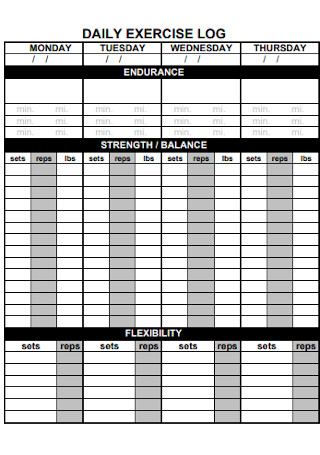
Daily Exercise Log
download now -
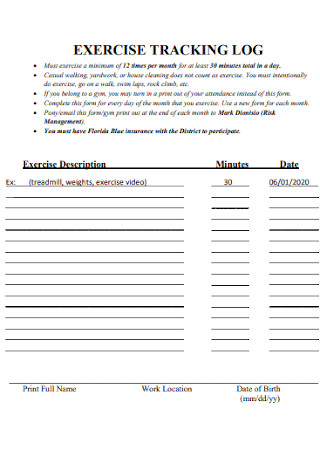
Exercise Tracking Log
download now -
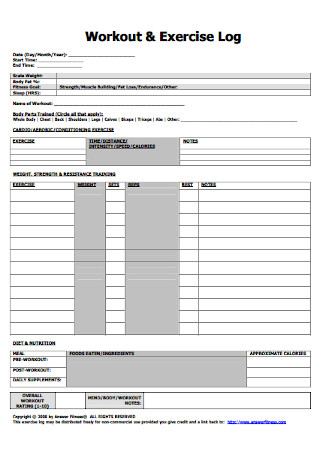
Workout Exercise Log
download now -
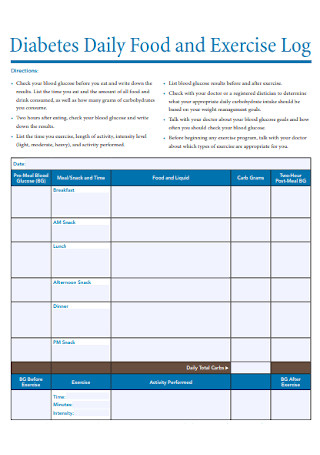
Daily Food Exercise Log
download now -
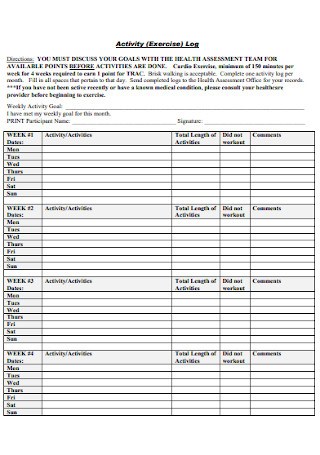
Activity Exercise Log
download now -
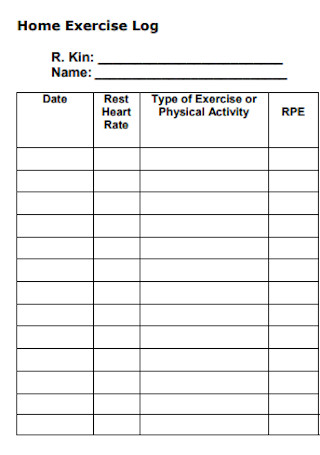
Home Exercise Log
download now -
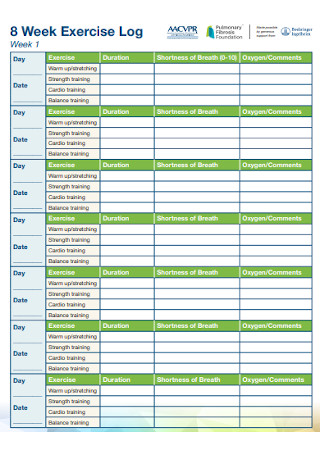
8 Week Exercise Log
download now -
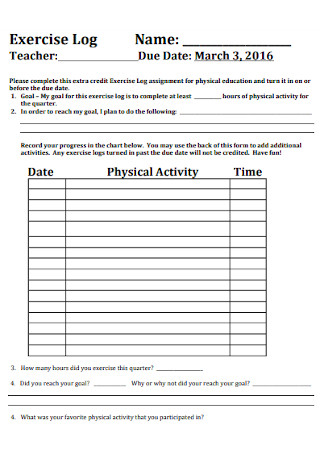
Exercise Log Format
download now -
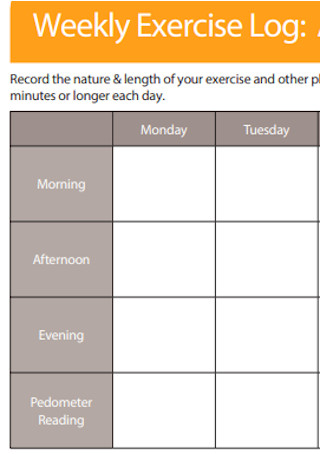
Weekly Exercise Log
download now -
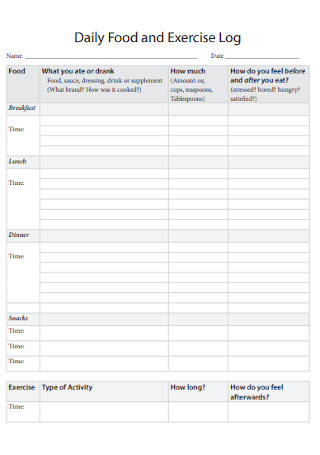
Daily Food and Exercise Log
download now -
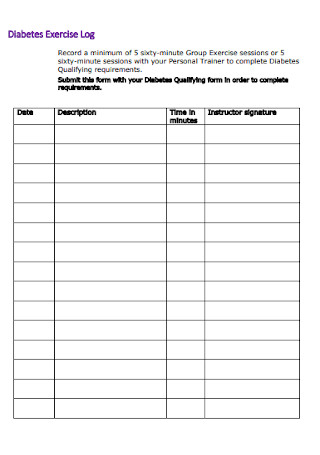
Diabetes Exercise Log
download now -
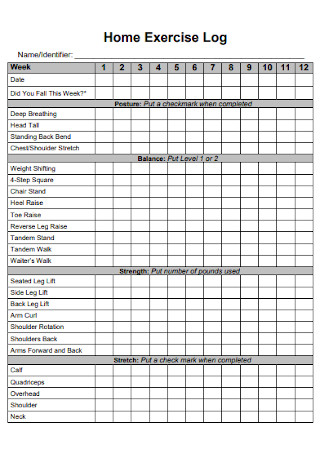
Sample Home Exercise Log
download now -
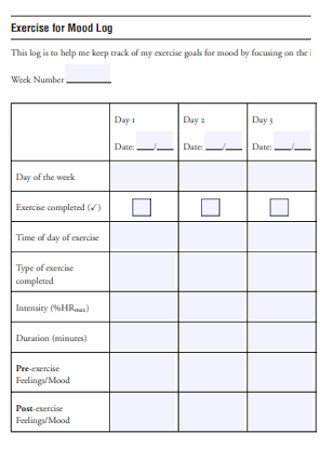
Exercise for Mood Log
download now -
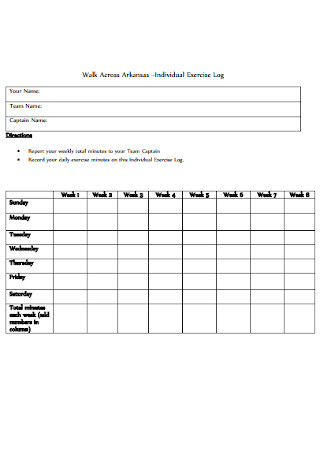
Individual Exercise Log
download now -
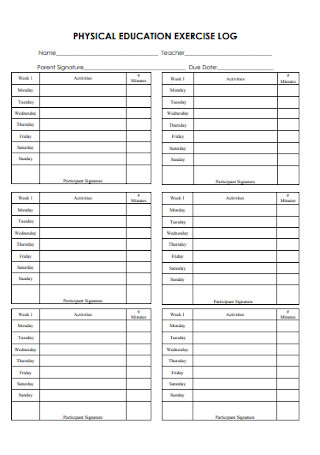
Physical Education Exercise Log
download now -
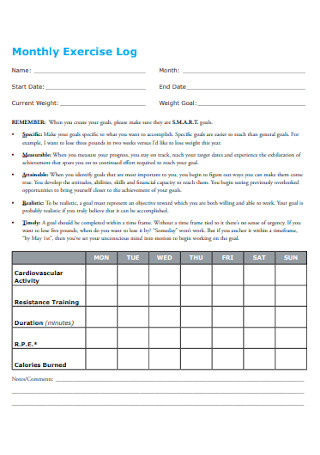
Monthly Exercise Log
download now -
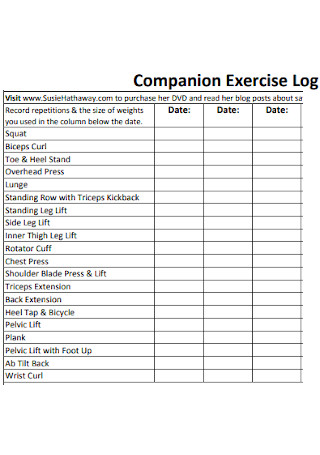
Companion Exercise Log
download now -
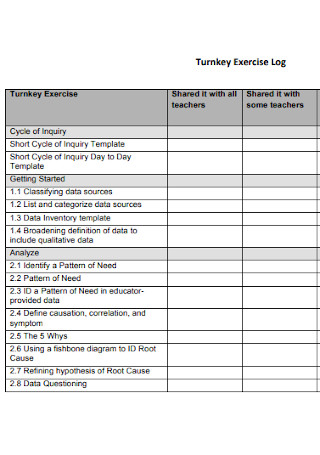
Turnkey Exercise Log
download now -
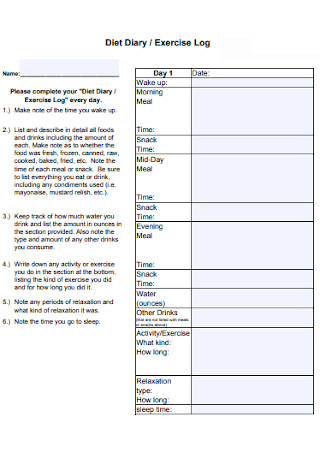
Diet Diary and Exercise Log
download now -
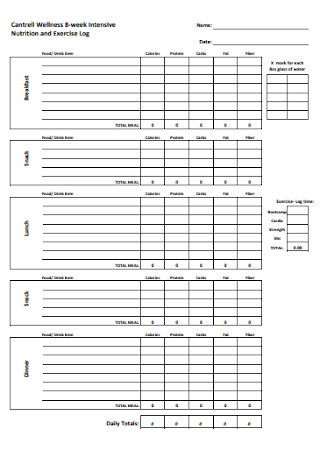
Nutrition and Exercise Log
download now -
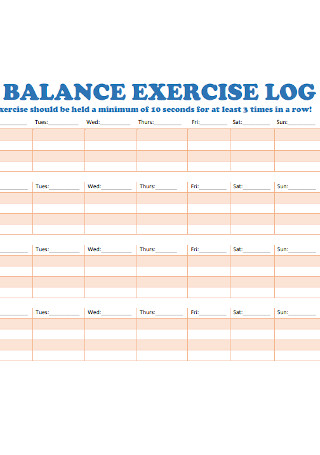
Balance Exercise Log
download now -
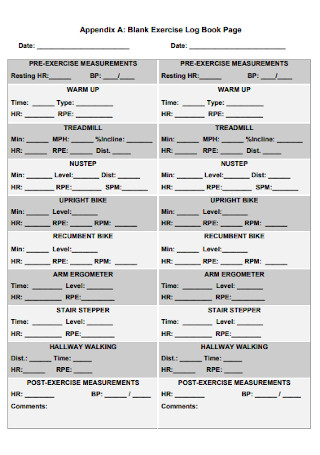
Blank Exercise Log
download now -
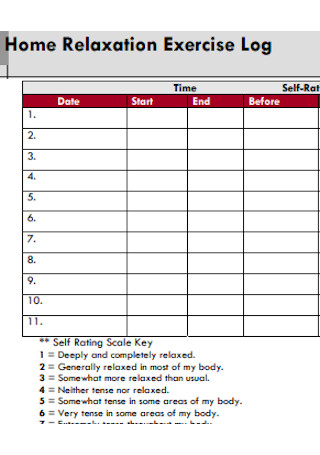
Home Relaxation Exercise Log
download now -

Diabetes Daily Food and Exercise Log
download now -
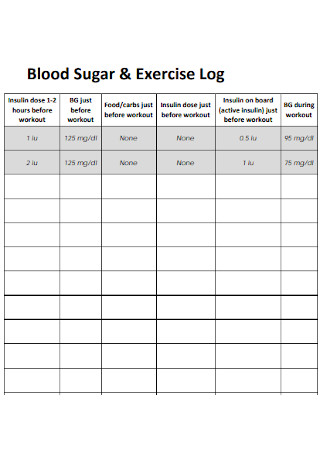
Blood Sugar and Exercise Log
download now -
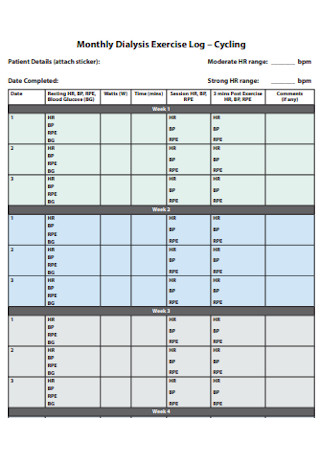
Monthly Dialysis Exercise Log
download now -
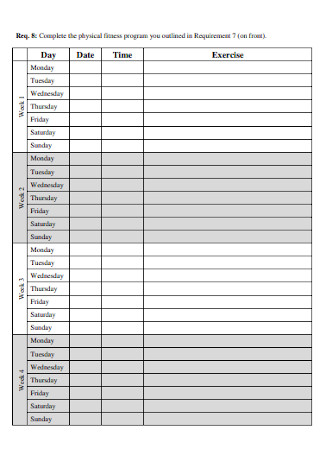
Fitness Merit Badge Exercise Log
download now -

Independent Exercise Program Log
download now -
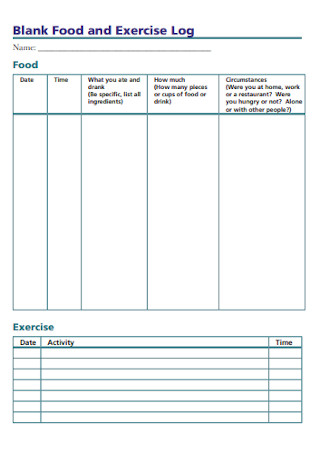
Blank Food and Exercise Log
download now -
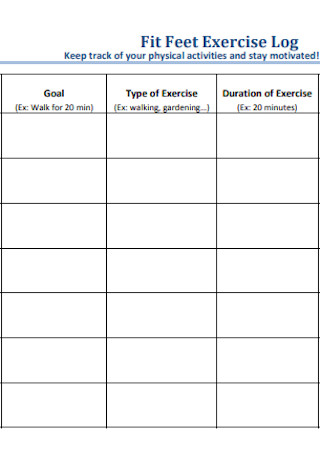
Fit Feet Exercise Log
download now -
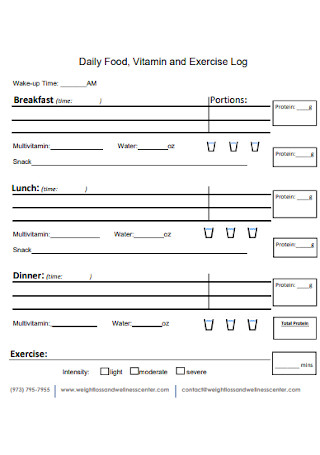
Vitamin and Exercise Log
download now -
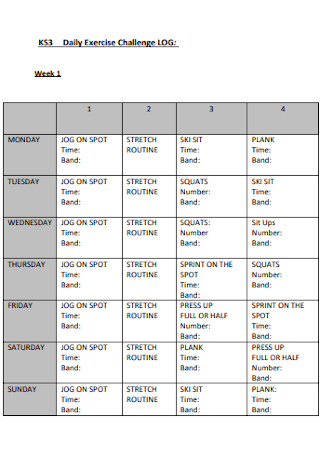
Daily Exercise Challenge Log
download now -
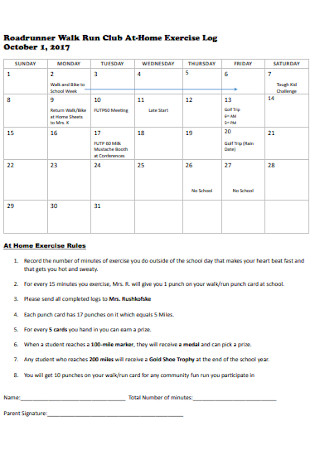
Club At-Home Exercise Log
download now -
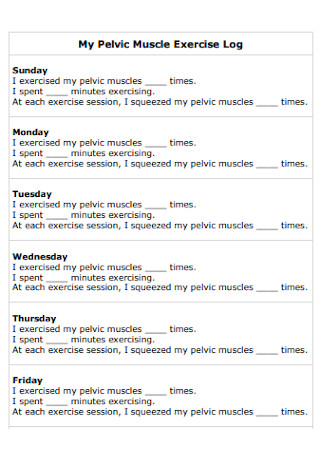
Muscle Exercise Log
download now -
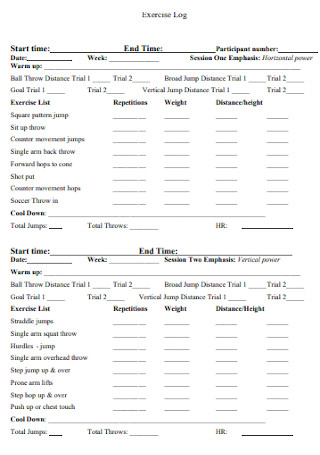
Formal Exercise Log Example
download now
Studies show that time and time again, regular exercise helps solve heart condition problems and other types of illnesses. However, there are instances that even people who do regular exercise forget to spare some time of the day or cannot keep up with the routines they do. Here is where a log proves to be beneficial to a person. An exercise log helps in more ways than one, and this article provides information about its definition, content, and composition. Continue reading through this article and find details to help start with an exercise log.
What Is an Exercise Log?
An exercise log allows an individual to keep track of the daily activity exercises, enabling them to see patterns of their routines in case they are not meeting their exercise goals and requirements. It allows them to be responsible for logging their habits and schedule the days they meet these goals. The best thing about recording their activity is it enables individuals to see their progress and simple accomplishments. The exercise log is an ideal way to stay motivated and reach goals. The individual guarantees that the exercise log contains accurate information based on the daily routine an individual does. It helps to be truthful to maintain or reach a healthy lifestyle, depending on the intentions of the individual.
According to the data gathered by the Centers for Disease Control and Prevention (CDC) from the 2018 National Health Survey, approximately 53.3% of Americans aged 18 and up met the 2008 federal physical activity guidelines for aerobic activity. Meanwhile, Americans who engaged in both aerobic and muscle-strengthening activities reached 23.2% of the population. Even when individuals have busy lifestyles, they find time to maintain their physical health in their leisure time.
Components of Physical Fitness
The components of fitness serve as a blueprint for physical activity guidelines and are also a helpful tool for the organization and execution of well-balanced workout plans. When the body achieves and performs all components with ease, the individual achieves total fitness. There are five health-related components of physical fitness, and they are as follows:
How to Create an Exercise Log
Having an exercise log helps keep a person motivated. Aside from assisting individuals in tracking their respective programs, it allows a person to monitor efforts and notice improvements over a particular period. It is essential to have a detailed and accurate record of all exercises and activities involving their day-to-day routine. Here are helpful steps in creating an exercise log.
Step 1: Select a Method to Record
It helps to design and create a log that suits your personality. You have the option to pick a pen-and-paper system and choose between using individual sheets or a whole notebook. There is also the use of a computer if you’re more comfortable and proficient in using a spreadsheet. However, if you prefer to work with your phone because it is more convenient, select a smartphone application.
Step 2: Customize Your Style
Whichever way you choose, selecting the best and most appropriate method in recording your log helps its efficiency. In using a notebook, it is beneficial to make use of one page a day. Utilizing a single page allows you to reference and track easier. In using an online spreadsheet, comparing different types of data in separate rows is more efficient. It is also advantageous to use various features by creating colorful charts, graphs, and other visual aids to help with motivation. If you prefer using your phone, choose the one that allows you to input data. Instead of using applications that manually record everything, it helps to keep track of all progress through your means.
Step 3: Put It in Categories
It helps to categorize workouts to help track each aspect of your exercise or fitness plan. By doing so, it enables you to record information with ease. You can classify your routine to include warm-up, cardio, strength training, core, and cool-down exercises. It helps to add further subcategories under each division. In doing so, you can keep track of the activities more concisely and accurately from one session to another. For example, under the cardio exercises, you do various workouts like running, rowing, and biking, and it helps to follow each one to ensure you are making progress. Guarantee you list multiple subcategories under the initial groups you created for more precise and accurate reading of your fitness goals and progress.
Step 4: Detail Your Workout Regimen
One of the main sections of your exercise log must indicate details of your workout. Note each of the routines you included during the exercise, along with the number of repetitions and sets. Aside from the number of repetitions and sets, it is beneficial to indicate the kind of equipment you used in each workout and the duration of the training session. Holding on to this information allows you to track progress and plan future routines accordingly. It enables you to see which exercises work best for you and the ones that give you the best results. The exercise log helps you focus on the routines that help achieve your goals and adjust your future programs based on previous records.
Step 5: Make Space for Additional Information
Many unforeseen circumstances arise that influence and affect your exercise program. It is beneficial to include a section wherein you can add small notes and snippets about mundane things like the weather, motivation level, including your overall physical and mental condition. Record any unusual or significant life events that can influence your workout routine. Knowing this information, no matter how irrelevant it may seem, helps to understand and make sense of the entire workout or program for a particular day.
FAQs
How much time for exercise do you need in a week?
For healthy adults, the moderate aerobic activity of at least 150 minutes or vigorous aerobic movement of 75 minutes a week is ideal. It is also advisable to alternate between the two and must spread out during a single week. The greater the activity and amounts of exercise provide a better health benefit for an individual. Do not fret if you cannot achieve the minimum number of hours in a week. Even small amounts of physical activity are advantageous to overall health. In terms of strength training, performing related exercises for major muscle groups must be done at least twice a week. Try to aim for a single set of routines for a particular muscle group, adding weight or resistance as necessary to tire the muscle after a specific amount of repetitions.
What time of the day should you exercise for the best result?
Exercising in the morning helps a person improve their metabolism rate, allowing them to burn more calories throughout the day. Daily morning exercise also helps with sleeping patterns compared to exercising in the evening. A bonus to exercising early in the morning enables you to add extra hours to your day as you complete your routine before anything else. It also gives a kick of endorphins to start the day, meaning less stress and a clear mind. Meanwhile, studies say that peak performance happens during the afternoon. It is between two to six in the afternoon that the body temperature is at its highest, allowing you to optimize muscle function and strength during exercise. Heart rate and blood pressure are also low during the afternoon, which lessens the chances of injury and improves performance.
Why do you need to keep an exercise log?
The principal purpose of an exercise log is to track your progress. Individuals who record their performances during workout programs tend to notice their development towards their goals. Committing yourself to write a record and the exercise programs takes a lot of discipline. Logging your exercise plan benefits you to keep yourself motivated. Having a written log of any physical changes you made allows you to see progress and look forward to more changes the following day by exerting effort. Writing stuff down also helps you remember challenging exercises and the techniques to perform them, making it easier for you to execute them later. It also reminds you when to make changes in your routine. As your body adapts to the exercises, it will seem easy and thus lessen your progress. Journaling your workout sessions help you stay disciplined throughout the program with a level of compliance to achieve your goals.
No matter the method you choose to make your exercise log, whether through a journal notebook, an Excel worksheet, or a phone application, what matters is you stick to it. Stay dedicated to recording your progress, no matter how small it is or whether you are not achieving the results you want to see. There is always a way to improve your routine by noting your condition while executing the fitness program. Remember that it all starts with control and motivation. Without self-discipline, there is no compliance. When one cannot comply, there is no progress, and without it, we cannot get the results set at the beginning. In the words of Jim Rohn, “Discipline is the bridge between goals and accomplishment.” Learn to practice self-discipline and achieve your fitness goals. Start by checking out the exercise log samples above and start self-improvement today.
